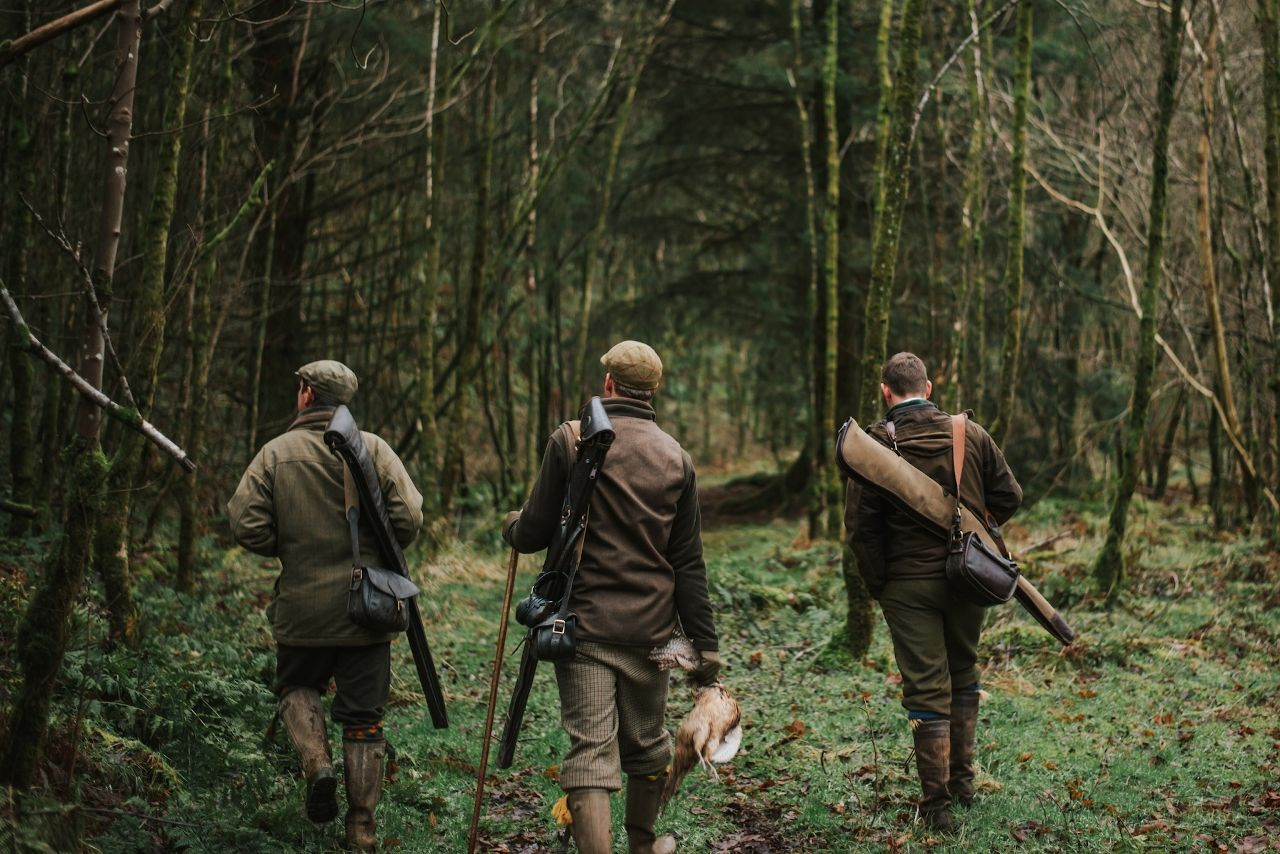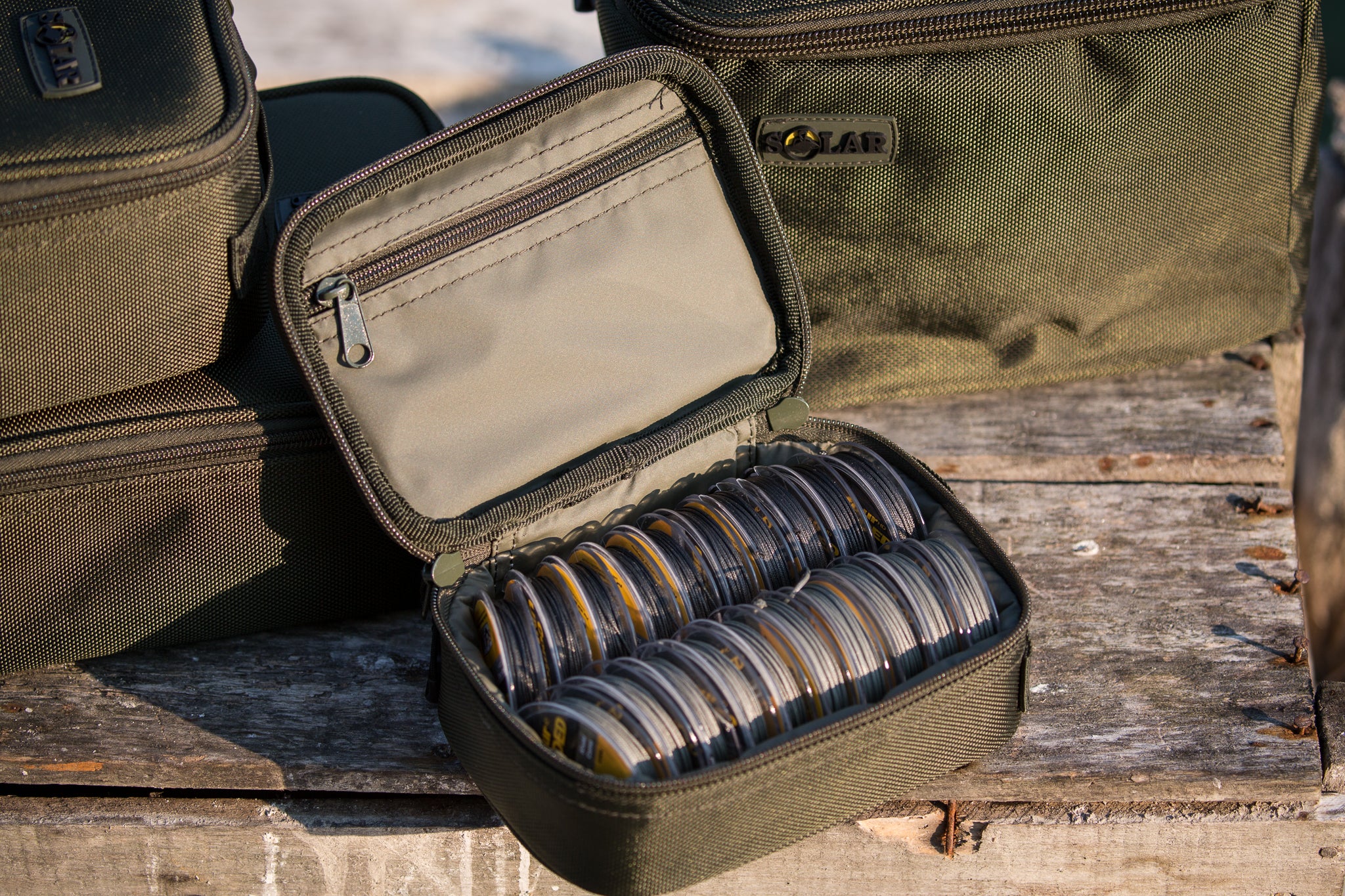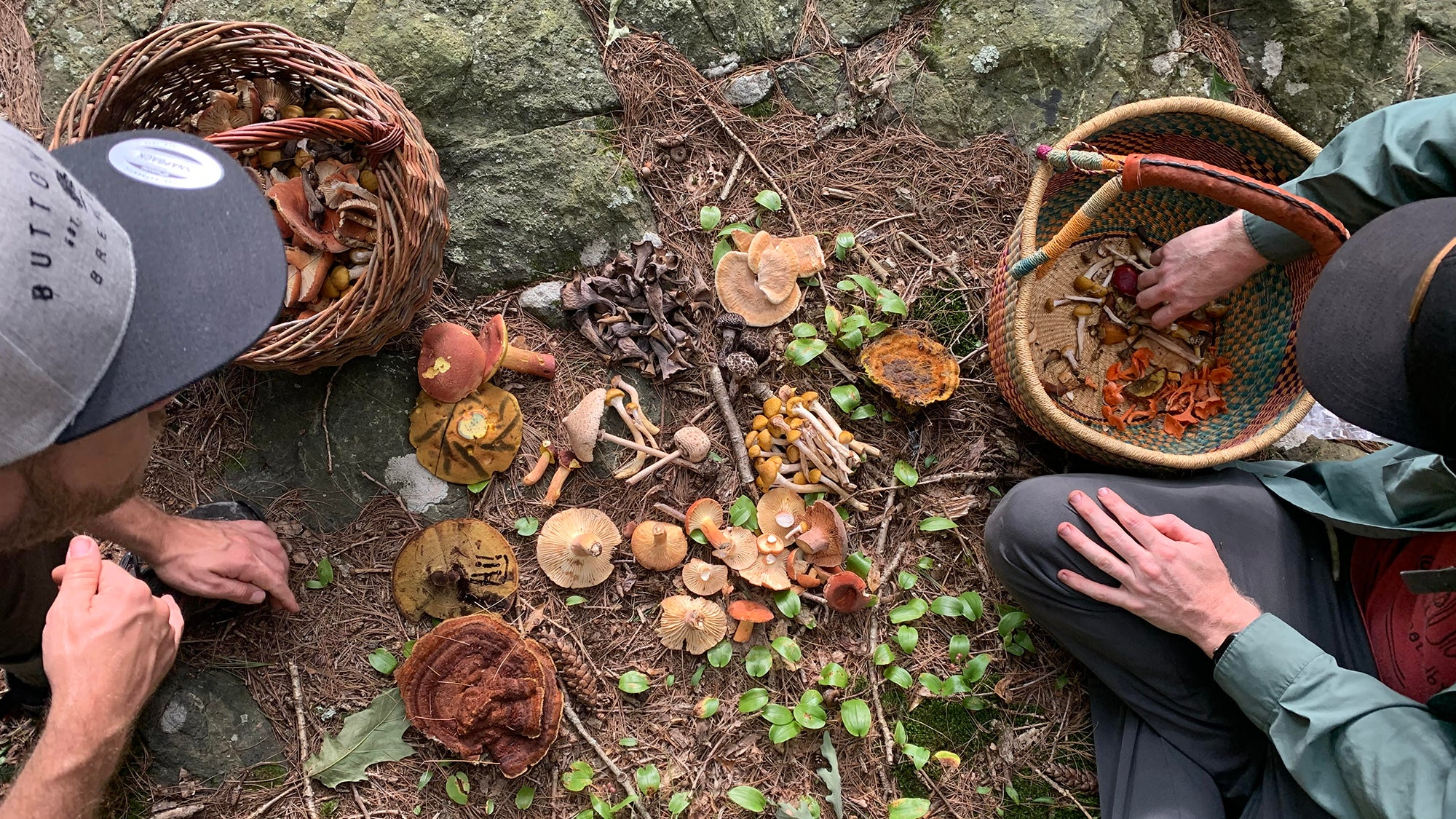Laws and regulations for mushroom hunting
Mushroom hunting is a popular activity for many people, whether foraging for personal use or commercial purposes. However, it is important to be aware of the laws and regulations surrounding mushroom hunting to ensure that it is done in a safe, sustainable, and legal manner. In this article, we will explore the laws and regulations surrounding mushroom hunting and offer tips for foragers to ensure they are in compliance.
Laws and regulations for mushroom hunting
Why are there laws and regulations for mushroom hunting?
Mushroom hunting is regulated for several reasons. First, certain species of mushrooms are protected by law due to their ecological significance, and harvesting them can lead to ecological damage or extinction. Second, there are safety concerns surrounding mushroom hunting, as some species can be poisonous or have psychoactive effects if ingested. Third, commercial mushroom harvesting can cause environmental damage if not done sustainably.

Laws and regulations for mushroom hunting
The laws and regulations surrounding mushroom hunting vary depending on the location, but there are some common themes that apply in many areas. Here are some examples of laws and regulations that mushroom hunters should be aware of:
- Permits: In many areas, permits are required for commercial mushroom harvesting. These permits often come with regulations, such as limits on the amount of mushrooms that can be harvested.
- Protected species: Certain species of mushrooms are protected by law due to their ecological significance or because they are rare or endangered. For example, in the United States, the matsutake mushroom is protected on federal lands and can only be harvested with a permit.
- Public versus private land: The laws and regulations surrounding mushroom hunting can vary depending on whether the land is public or private. In some cases, mushroom hunting may be prohibited on public land, while in others it may be allowed with a permit.
- Seasonal regulations: In some areas, mushroom hunting is only allowed during certain times of the year to ensure sustainable harvesting practices.
- Mushroom identification: Some areas require mushroom hunters to be able to accurately identify the mushrooms they are harvesting. This is to prevent the harvesting of protected or poisonous species.
- Safety regulations: Some areas require mushroom hunters to follow certain safety regulations, such as wearing protective gear, carrying a first aid kit, or carrying a GPS device to prevent getting lost.

Tips for compliance
If you are planning on mushroom hunting, it is important to be aware of the laws and regulations in your area. Here are some tips for ensuring compliance:
- Research the laws and regulations in your area before heading out to forage.
- Obtain any necessary permits or licenses before harvesting.
- Be sure to accurately identify the mushrooms you are harvesting to prevent harvesting protected or poisonous species.
- Do not harvest on private land without permission.
- Harvest sustainably to prevent ecological damage and ensure a healthy mushroom population.
- Be aware of the safety concerns surrounding mushroom hunting and take appropriate precautions.
Conclusion
Mushroom hunting is a popular activity, but it is important to be aware of the laws and regulations surrounding it to ensure that it is done in a safe, sustainable, and legal manner. Regulations surrounding mushroom hunting can vary depending on the location, but there are some common themes that apply in many areas. By following these regulations and guidelines, mushroom hunters can ensure that they are compliant and that they are doing their part to promote sustainability and protect the environment.























